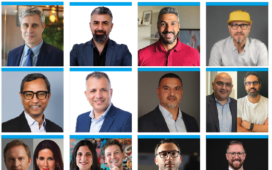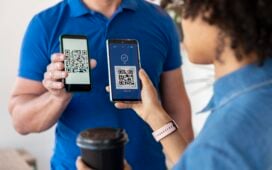The entrance of generative AI into the global stage has shown that there are two types of people in the world: those who believe data and creativity would have an unhappy marriage and those who think it’s a match made in heaven. Some people may (still) have a hard time talking about data and creativity in the same sentence, but these two worlds have already collided. The rise of digital innovations like AI reinforces the notion that data and creativity can go hand in hand.
The rapid adoption of these technologies means that brands must get into a mindset of bringing these two disciplines together. This is something that we have been doing for a while now—and no, AI isn’t replacing
To continue reading this article you need to be registered with Campaign. Registration is free and only takes a minute. Register Now or sign in below if you already have an account.









